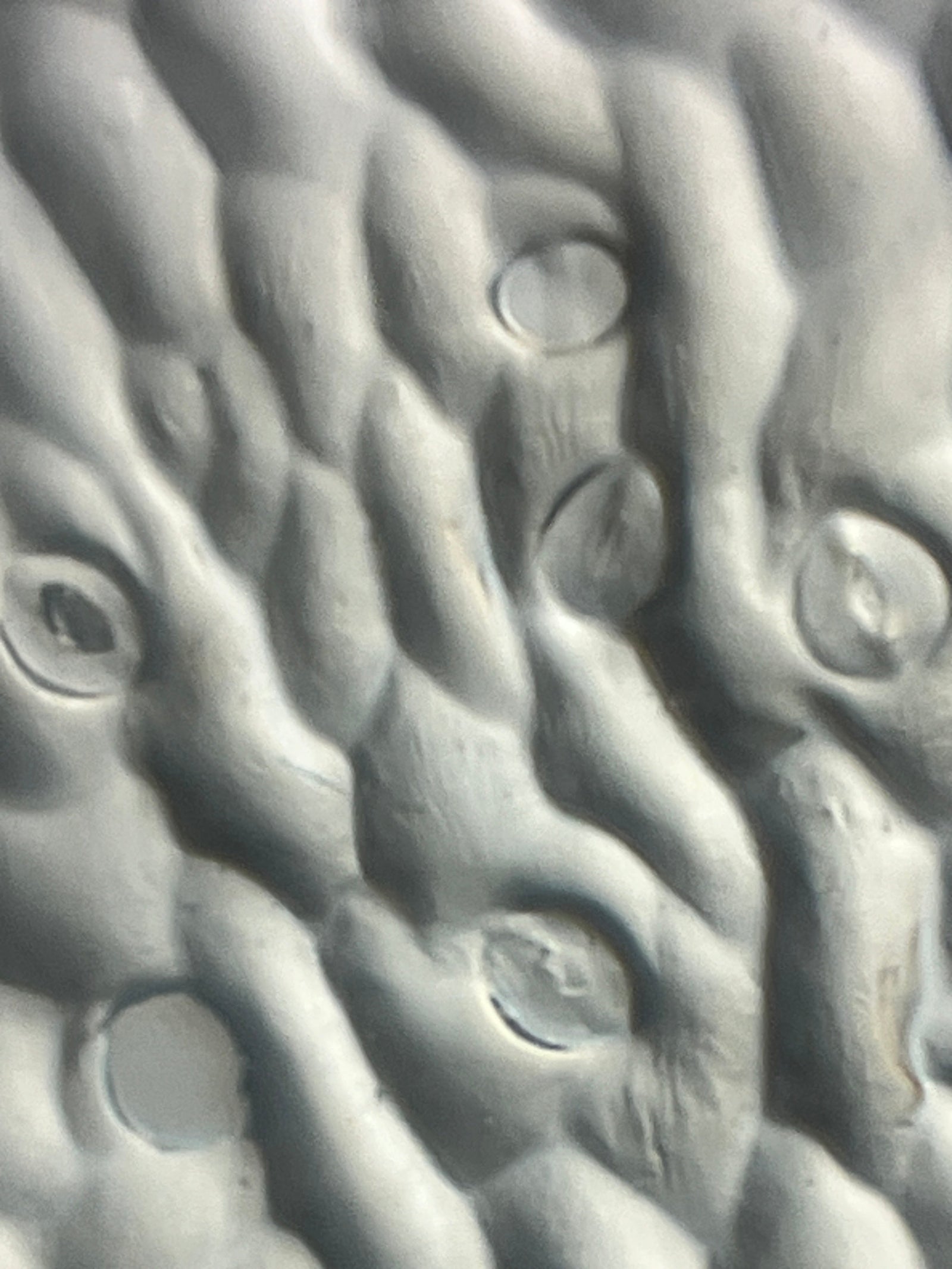Question:
What is the difference between chemical and physical sunscreens?
It is important to protect your skin from harmful UV rays that can lead to sunburns. So, during the summer months, when sunscreen becomes a regular part of your outdoor explorations, why not take a moment to study it under your Foldscope?

Background:
How does sunscreen work? Sunscreen prevents UV rays from damaging the skin. There are two different ways of doing this. The first way is chemically. Chemical sunscreens contain organic compounds that absorb UV rays before they can damage the skin. The second way is to create a physical barrier to the UV rays. Physical sunscreens use minerals like titanium and zinc to reflect and scatter light away from the skin.
Both chemical and physical molecules are kept stable in the lotion as a colloidal suspension. The droplets within the emulsion can be seen with a Foldscope.

The scattering of light caused by the minerals in physical sunscreens can be seen with a Foldscope and polarizing sheets. Polarizing sheets take the light that gets scattered off of the surface of the minerals and redirect it to a single direction allowing you to see brilliant colors of light. This does not happen with the chemical sunscreens because the organic molecules are too small to scatter the light waves.

Materials/Procedure:
- Materials:
- Science notebook
- Pen or pencil
- Colored Pencils
- Foldscope Classroom Kit
- LED Light Module 2.0
- Glass Slides or Blank Trading Cards
- Glass Coverslips or Clear Stickers
- Polarizing sheets
- Toothpicks
- Physical and chemical sunscreens
- Keep the type of sunscreen a mystery by labeling them Sample 1, Sample 2, etc.

Procedure:
- Take a toothpick and pick up a very small dot of sunscreen, place it on a slide, and seal it with a coverslip.
- Place the slide in the Foldscope.
- Place one polarizing sheet in between the LED light module and the back of the Foldscope.
- On the front of the Foldscope, place a second polarizing sheet in between the phone coupler and the lens.
- Adjust the focus and rotate the polarizing sheet to ensure that light is passing all the way through from the LED light module to the eye/phone.

- In your science notebook, indicate which sunscreen you are looking at. Draw what you see as you rotate the top polarizing sheet while looking through the Foldscope.
- Repeat this process with the remaining sunscreen samples.

When you finish testing all of the samples, look at the images and drawings you collected for the sunscreens. Do all of them look the same? Do you see the same colors and shapes? Can you think of a way to determine which minerals are in each sunscreen?

Extension:
This blog ties together the three dimensional framework of the NGSS. It covers the Disciplinary Core Idea of Physical Science. Students will see the Crosscutting Concept of Structure and Function. This activity is also a way for students to deepen their understanding of the Science and Engineering Practice of Plan and Carry Out Investigations.

However, this exploratory activity can go beyond the science classroom. Join forces with:
- a Social Studies teacher to create a timeline on the history of sunscreens,
- a Math teacher to calculate the percentage of minerals in the physical sunscreens,
- an ELA teacher to design an ad campaign demonstrating the importance of using sunscreen,
- and an art teacher to investigate the element of color (hue, value/brightness, and saturation) as it relates to the colors seen in the polarized images!

Connect:
Share your observations, discoveries, pictures, and interdisciplinary extension activities with the Foldscope community. Submitting your Foldscope images related to sunscreen to the Microcosmos will help build up a strong scientific database that can help support new and innovative scientific research!
Sources:
https://nanosense.sri.com/activities/clearsunscreen/allaboutsunscreens/CS_Lesson2Teacher.pdf


